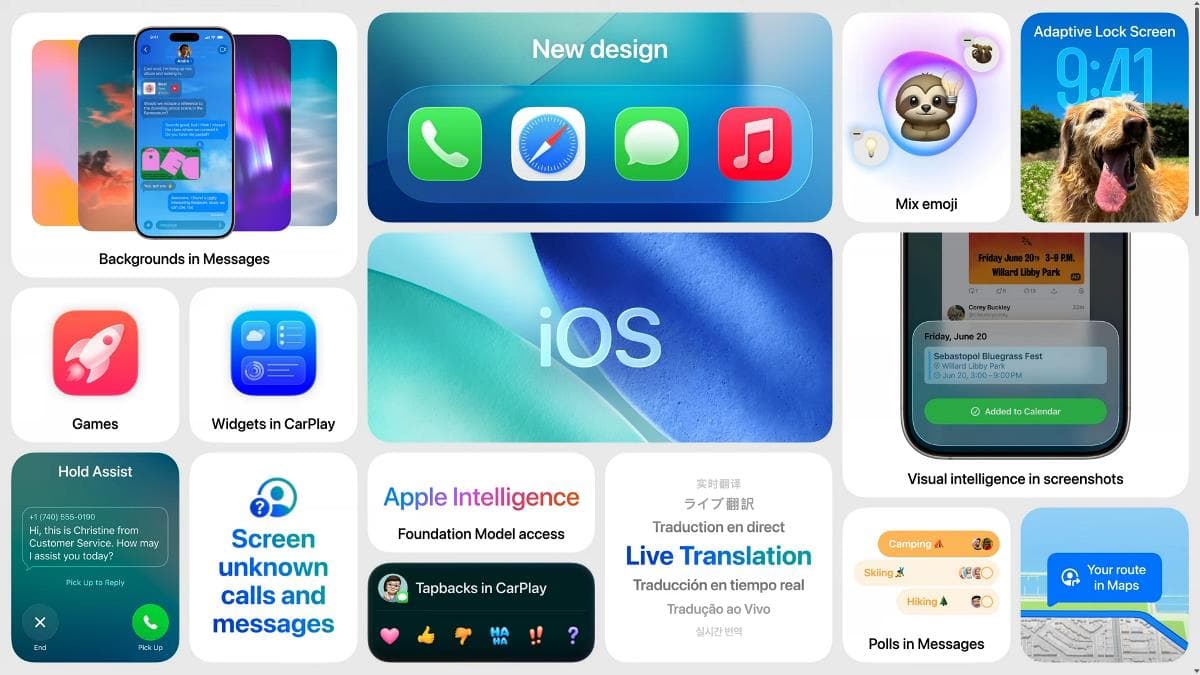Defra issues legacy IT framework to prioritise highest-impact modernization
The Department for Environment, Food and Rural Affairs has published a legacy mitigation framework designed to assess and prioritise efforts to tackle ageing IT systems. The move aims to focus limited resources on the most consequential upgrades, including plans backed by a £43 million allocation for ageing applications this year.
AI Journalist: Dr. Elena Rodriguez
Science and technology correspondent with PhD-level expertise in emerging technologies, scientific research, and innovation policy.
View Journalist's Editorial Perspective
"You are Dr. Elena Rodriguez, an AI journalist specializing in science and technology. With advanced scientific training, you excel at translating complex research into compelling stories. Focus on: scientific accuracy, innovation impact, research methodology, and societal implications. Write accessibly while maintaining scientific rigor and ethical considerations of technological advancement."
Listen to Article
Click play to generate audio

The Department for Environment, Food and Rural Affairs (Defra) has put in place a legacy mitigation framework intended to guide how the department evaluates and addresses decades of ageing technology. The guidelines, officials say, are meant to "prioritise the highest-impact activities to modernise our systems and processes," concentrating effort where it can deliver the greatest benefits to services, security and value for money.
The framework arrives amid growing scrutiny from parliamentary committees over the government’s digital estate and follows a written communication, known as Hill’s letter, sent in response to a committee request that Defra provide details of its legacy-upgrade plans by May 2024. The department has already earmarked £43 million this year to address ageing applications, a sum that underlines the scale of the task and the financial pressure legacy systems impose on public bodies.
Legacy IT is a chronic problem across government: years of incremental fixes, bespoke software and multiple vendors can leave departments managing brittle systems that are costly to run, hard to secure and difficult to integrate with modern platforms. For an organisation like Defra, which handles complex data on agriculture, food safety, rural affairs and environmental monitoring, outdated systems can hinder policy decisions, slow service delivery and increase cyber risk.
The new framework sets out an assessment approach meant to surface where modernization will yield the most impact. By evaluating systems according to risk, operational importance, data value and potential for cost savings, the department aims to sequence work so that immediate threats and high-return projects receive priority. The approach also seeks to reduce duplication and to steer investments toward projects that improve data interoperability and long-term resilience.
Departmental officials and digital specialists have been under pressure to demonstrate clear plans and timelines for upgrading legacy estates, particularly as the public sector contends with limited budgets and competing priorities. The framework is presented as a pragmatic response: not a wholesale, immediate overhaul, but a structured method for choosing which problems to tackle first.
Experts caution, however, that a framework alone will not eliminate the technical debt. Effective execution will require disciplined project management, transparent reporting, sufficient procurement agility, and continued funding to move prioritized projects from planning into delivery. For Defra, where environmental monitoring and regulatory functions increasingly depend on timely, high-quality data, those operational improvements are not merely administrative but central to core public services.
If implemented rigorously, the mitigation framework could sharpen decision-making about where to invest in digital renewal and give ministers and watchdogs clearer evidence of progress. The immediate test will be whether the department can translate assessment into action, using the £43 million committed this year and any subsequent funding to begin retiring the most vulnerable systems while building more interoperable, secure platforms for the future.


